Taurus DH201 Bruksanvisning
Läs gratis den bruksanvisning för Taurus DH201 (152 sidor) i kategorin Avfuktare. Guiden har ansetts hjälpsam av 15 personer och har ett genomsnittsbetyg på 4.9 stjärnor baserat på 8 recensioner. Har du en fråga om Taurus DH201 eller vill du ställa frågor till andra användare av produkten? Ställ en fråga
Sida 1/152

Català
DH101/ DH201
Deshumidicador
Dehumidier
Déshumidicateur
Entfeuchter
Deumidicatore
Desumidicador
Ontvochtigingsapparaat
Osuszacz powietrza
Αφυγραντήρας
Осушитель воздуха
Dezumidicator
Обезвлажнител
Produktspecifikationer
| Varumärke: | Taurus |
| Kategori: | Avfuktare |
| Modell: | DH201 |
| Färg på produkten: | Grijs |
| Vikt: | 310 g |
| Bredd: | 7 mm |
| Djup: | 135 mm |
| Höjd: | 12 mm |
| Handtag: | Ja |
| Förpackningens bredd: | 100 mm |
| Djuppackning: | 215 mm |
| Förpackningshöjd: | 21 mm |
| Avfrostningsfunktion: | Ja |
| Husmaterial: | Metaal |
| Tvättbart filter: | Ja |
| Antal hastigheter: | 2 |
| LED-indikatorer: | Ja |
| Batterikapacitet: | 10000 mAh |
| Nuvarande: | 2 A |
| På / Av knapp: | Ja |
| Vattentankens kapacitet: | 5 l |
| Form: | Rechthoek |
| Luftflöde: | 180 m³/h |
| Inspänning: | 5 V |
| Förvaringstemperatur: | -10 - 45 °C |
| Laddningskälla: | USB |
| Förvaringsfuktighet: | 25 - 65 procent |
| Utström: | 2.4 A |
| Spännande: | 5 V |
| Laddare kompatibilitet: | Mobiele telefoon/Smartphone |
| Mikro-USB-kontakt: | Ja |
| Antal USB Type-C-portar: | 1 |
| Kvantitet per (yttre) huvudkartong: | 18 stuk(s) |
| Drifttemperatur (TT): | 0 - 45 °C |
| Batteriteknik: | Lithium-Polymeer (LiPo) |
| Batterityp: | Ingebouwd |
| Indikator för full vattentank: | Ja |
| Produkter per intermodal container (40 fot - High Cube): | 100368 stuk(s) |
| Produkter per intermodal container (20 fot): | 41328 stuk(s) |
| Antal laddningscykler: | 300 |
| USB Type-C-kontakt: | Ja |
| Avfuktningskapacitet (max): | 20 l / 24 t |
| Produktens färg: | Vit |
| Strömförbrukning (vanlig): | 380 W |
| USB Typ-A utgångsportar: | 2 |
| Displaytyp: | LED |
| Ljudnivå Lc IEC: | - dB |
| Timerns varaktighet (max): | 24 h |
| Passar för rumsvolym upp till: | 38 m³ |
Behöver du hjälp?
Om du behöver hjälp med Taurus DH201 ställ en fråga nedan och andra användare kommer att svara dig
Avfuktare Taurus Manualer
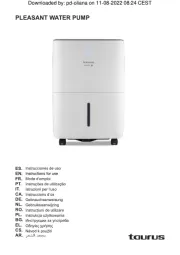
2 Oktober 2025
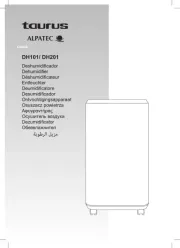
2 Oktober 2025

19 Augusti 2024

14 Augusti 2024

12 Augusti 2024
Avfuktare Manualer
- Comfee
- Cotech
- Oceanic
- Kunft
- Saneo
- Princess
- Tesy
- Noveen
- Quigg
- Delonghi
- NEO Tools
- Black And Decker
- MSW
- Fresh
- Rasonic
Nyaste Avfuktare Manualer
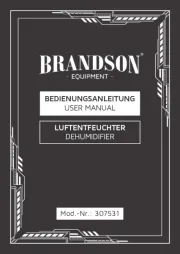
23 Oktober 2025
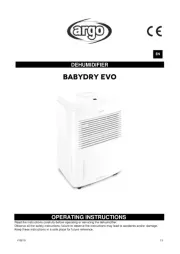
17 Oktober 2025
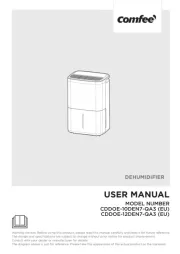
7 Oktober 2025
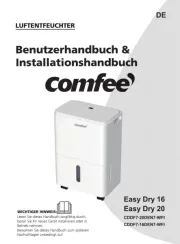
7 Oktober 2025
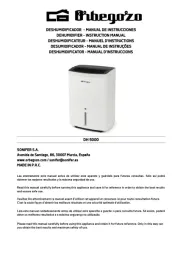
7 Oktober 2025

6 Oktober 2025
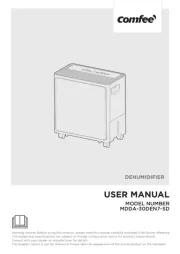
6 Oktober 2025
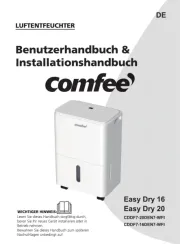
6 Oktober 2025

3 Oktober 2025
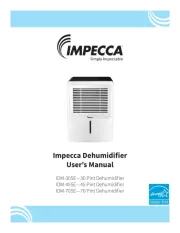
3 Oktober 2025